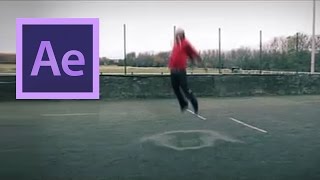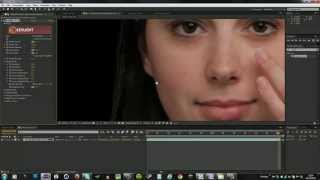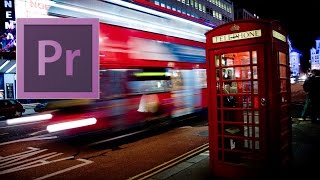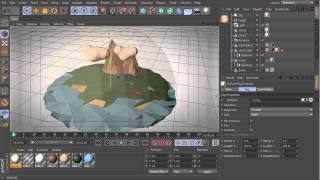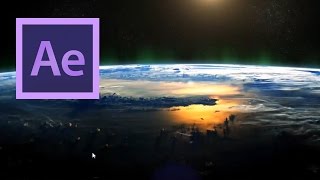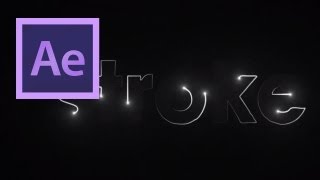
After Effects: Human Eye VFX
Views: 676133Likes: 7172
Views: 676133
Likes: 7172
In this tutorial VideoFort Don shows you how to track 2D Element onto an eye. In the first step you need to find a good spot to track, VideoFort Don chose a shadow on the eye that stayed consistent through the shot. If the track slips you can tweak the tracking to smooth everything. Next create a null object name it “tracker data” then go to edit target for the tracking and set the layer to tracker data. Now create a new white solid name it mask and create a mask around the whites of the eye. Make sure to parent the mask layer to the tracker data layer. You can animate the mask to the blink by keyframing it. Then you will the 2D elements underneath the white mask layer and set a Luma Matte. Lets move on to animating the 2D element. Open up the 2D element comp and use expressions to change rotations on your 2D element. To finish you can add color and glow to the 2D element....
- 1 Students
